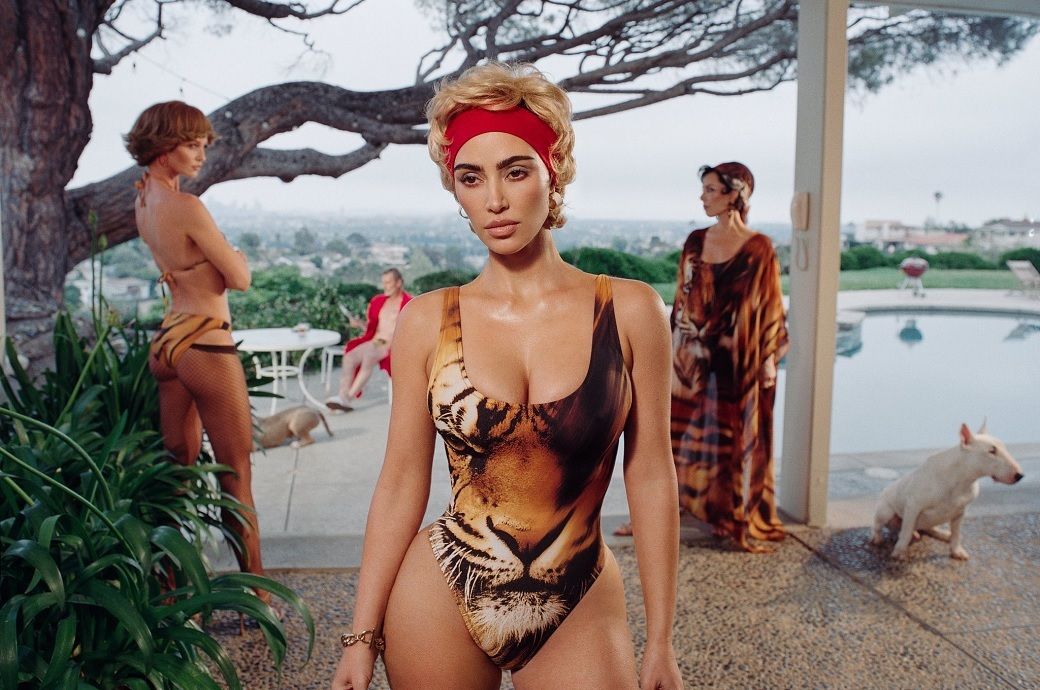No, it’s not normal that we’re watching World War III outfit inspo on Instagram

It’s 10pm and I open Instagram right before bed (terrible idea, I know, but we move). Within the space of a few minutes, here’s what I see: an AI influencer eating lava from a bowl, World War III “outfit inspo” (mostly camo), missiles flying through the sky as someone plays saxophone in Lebanon, news about syringe attacks at a festival, ‘10 signs that you might be dating a narcissist’, homes blown to rubble in Palestine, Katy Perry smacking a Labubu doll out of someone’s hand, girls strutting to Charli xcx’s “Girl, so confusing” and *checks notes* an AI gorilla doing cocaine in a forest. And then, I close my eyes and settle down to sleep.
We all knew that the end times would come a-knocking eventually. Global warming documentary An Inconvenient Truth, which laid out all the ways in which climate disaster was imminent, is now almost 20 years old. The rise of artificial intelligence—which is wreaking havoc on both the environment and our critical thinking skills—shows no signs of slowing down. World War III has arguably never looked so possible. And yet, despite all of this, despite the warning signs existing for as long as they have, none of us could have predicted that the apocalyptic vibes of the 2020s would manifest in such a way that we’d be watching soldiers dance to Ellie Goulding on Instagram before seeing a Corgi skateboarding in China.
It’s not just Instagram that feels particularly dystopian right now—and by “dystopian”, I mean the live-streaming of major global catastrophes juxtaposed against “what I eat in a day” videos. Such extremes have always occurred in the world, and it’s not as though violence and quotidian ordinariness haven’t existed side by side until now. But the sheer relentlessness of the extremes we’re witnessing via our phones feels not only unprecedented, but also completely normalised. Within the space of a few seconds, I might come across an incredibly upsetting image of a starving child in a war-torn country alongside some Tumblr-style pics of Kate Moss and Pete Doherty in the 2000s, swiftly followed by someone dancing to Michael Jackson amidst a Category 5 hurricane.
It’s quite hard to measure what all of this is doing to our brains because, well, what exactly are we measuring? Our desensitisation to brutality? Our collective anxiety levels? One thing that scientists and psychologists can agree on is that social media has the propensity to contribute to poor mental health more generally—particularly among young people. One recent study found that adolescents who were “addicted” to social media were at roughly double the risk of suicidal behaviour. Another study found that social media could be as harmful to children as smoking or gambling. Research also suggests that news coverage of traumatic events can harm viewers’ mental health. One study even found that those who watched repeated news coverage of terrorist attacks exhibited signs of PTSD some years later. And so, while we can’t say exactly what being on social media at this present moment is doing to our brains, it can’t be good, can it?







